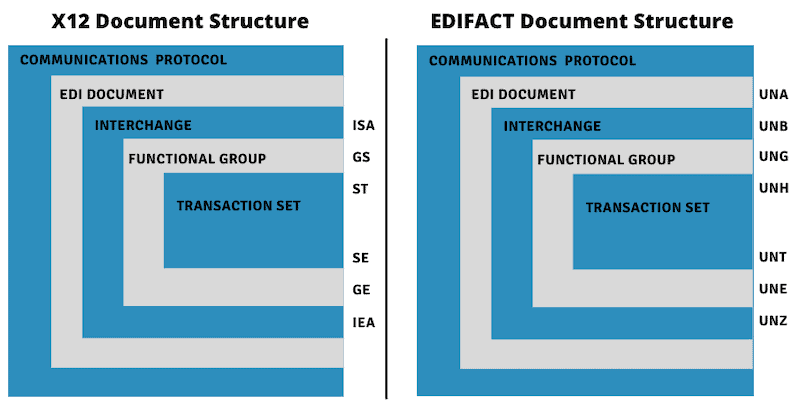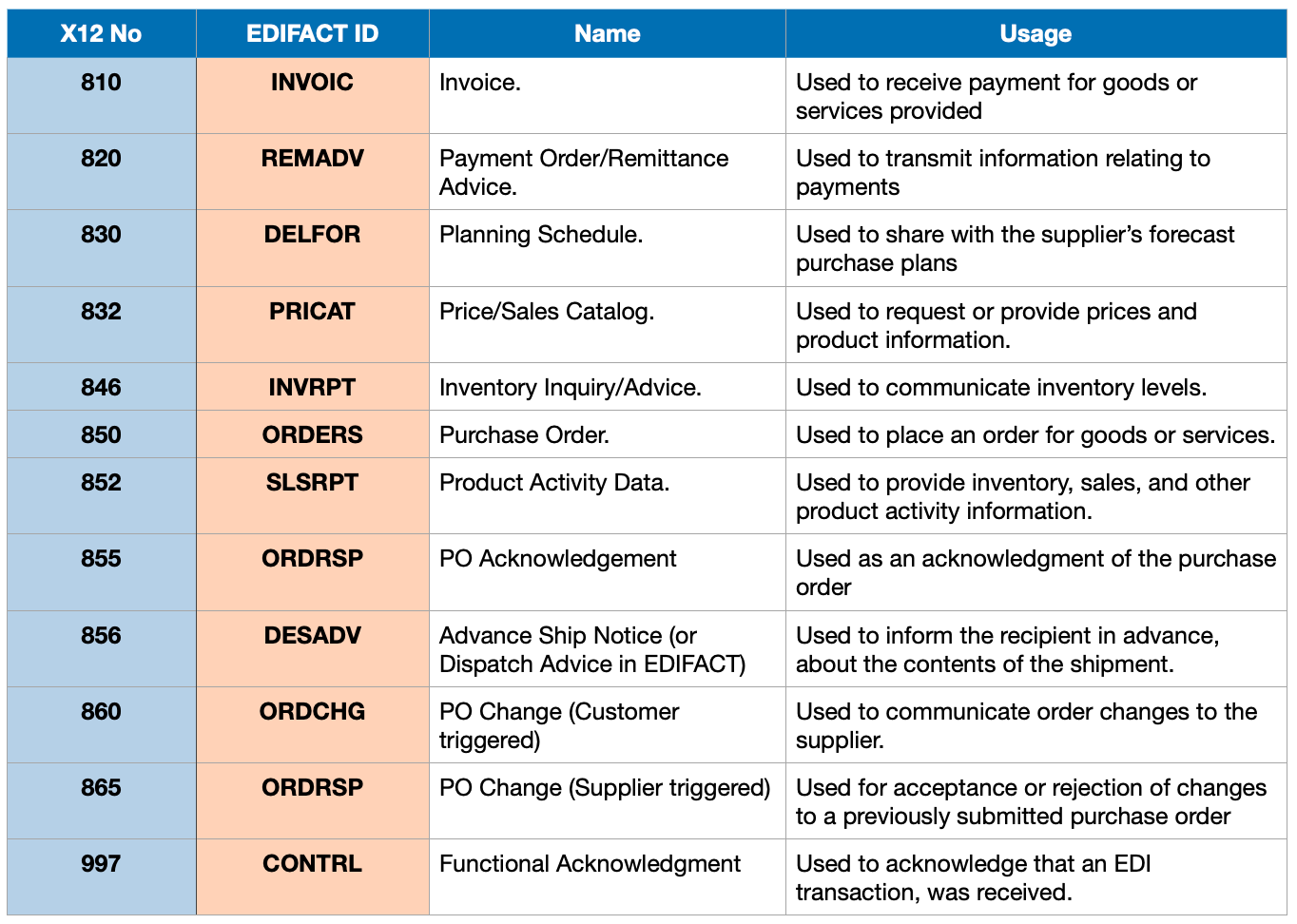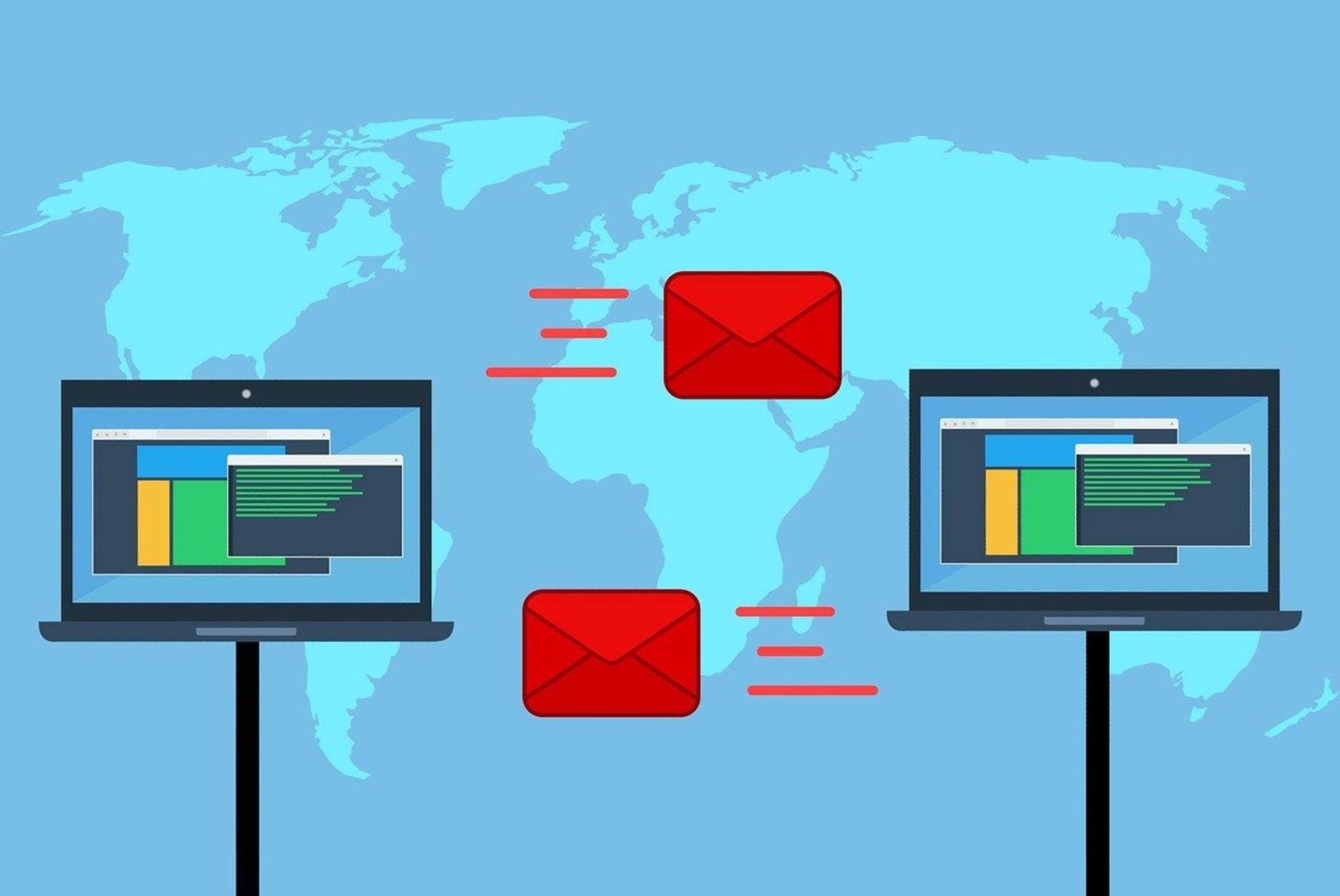Blog
ANSI X12 vs EDIFACT, what's the difference?
Recently we talked about EDIFACT, what it is and what benefits it brings to your organization. Now we dive deeper by comparing 2 most common document types, namely ASC X12 (X12) and UN/EDIFACT (EDIFACT).

Recently we talked about EDIFACT, what it is and what benefits it brings to your organization. Now we dive deeper by comparing 2 most common document types, namely ASC X12 (X12) and UN/EDIFACT (EDIFACT).
The two standards are very similar and differ mainly in their usage situations and terminology. Here are the differences and similarities between these two popular EDI document formats.
EDI standards in Europa and North America
The first difference between the two EDI standards is the geographic location of users.
– X12 is mainly used in the United States and North America in general.
– EDIFACT is mainly used by companies in Europe and Asia.
Developers of the ANSI X12 and EDIFACT standard
ANSI ASC X12 Standard was developed and maintained by the Accredited Standards Committee X12 (also known as ASC X12), chartered by the American National Standards Institute (ANSI) in 1979.
EDIFACT – Electronic data exchange for administration, trade and transport. This standard has been developed and supported by two international organizations: the United Nations Economic Commission for Europe (UNECE) and the International Organization for Standardization (ISO).
EDI terminologies
Despite being very similar, ANSI X12 and EDIFACT have different terminologies. The table below shows the difference between the two standards:

Documentstructure
Conceptually, EDIFACT and X12 are similar. Both use largely the same message structure, but just different terminology.
The image below shows the structure of X12 and EDIFACT documents containing Interchange, Functional Group, Transaction set.

X12 Transactionnumber and EDIFACT ID
Another difference is the names of the different message types. In the ANSI X12 standard, all messages have 3-digit numbers, for example 810 for an invoice, 846 for an inventory request and advice, 856 for advanced vessel notification.
According to the EDIFACT rule, the name of the document must be limited to 6 letters, for example INVOIC derived from the word Invoice, INVRPT for Inventory report, DESADV is the abbreviation for Despatch Advice.
Different types of EDI documents
The following table lists some of the major EDI X12 transaction sets with their associated EDIFACT messages:

Conclusion
As you can see, X12 and EDIFACT are very similar. Knowing the concepts in one can help you adopt the other by brushing up on some new terminology.
If, on the other hand, you do not have the knowledge for this, we will gladly assist you. Since 1999, ECS International has been the reliable partner in the Netherlands when it comes to data transformation, integration and communication. With tailor-made advice, we implement the right solution quickly and efficiently so that you are unburdened and smooth digital communication with internal and external partners is achieved.
Would you like to know more about EDI solutions and what benefits they will bring to your organization? Then contact us today.

